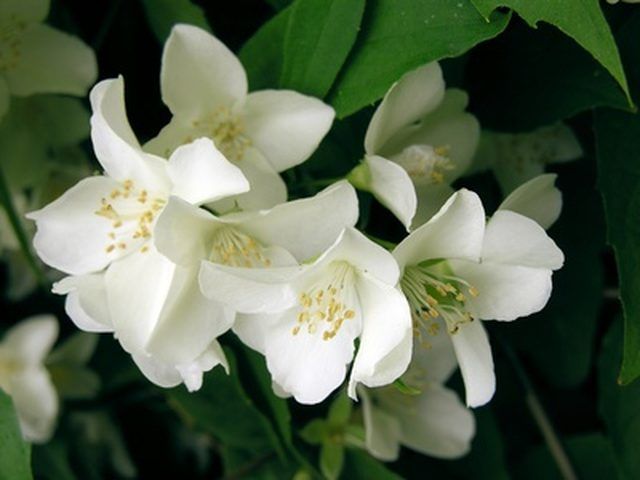Bulbs
Flower Basics
Flower Beds & Specialty Gardens
Flower Garden
Garden Furniture
Garden Gnomes
Garden Seeds
Garden Sheds
Garden Statues
Garden Tools & Supplies
Gardening Basics
Green & Organic
Groundcovers & Vines
Growing Annuals
Growing Basil
Growing Beans
Growing Berries
Growing Blueberries
Growing Cactus
Growing Corn
Growing Cotton
Growing Edibles
Growing Flowers
Growing Garlic
Growing Grapes
Growing Grass
Growing Herbs
Growing Jasmine
Growing Mint
Growing Mushrooms
Orchids
Growing Peanuts
Growing Perennials
Growing Plants
Growing Rosemary
Growing Roses
Growing Strawberries
Growing Sunflowers
Growing Thyme
Growing Tomatoes
Growing Tulips
Growing Vegetables
Herb Basics
Herb Garden
Indoor Growing
Landscaping Basics
Landscaping Patios
Landscaping Plants
Landscaping Shrubs
Landscaping Trees
Landscaping Walks & Pathways
Lawn Basics
Lawn Maintenance
Lawn Mowers
Lawn Ornaments
Lawn Planting
Lawn Tools
Outdoor Growing
Overall Landscape Planning
Pests, Weeds & Problems
Plant Basics
Rock Garden
Rose Garden
Shrubs
Soil
Specialty Gardens
Trees
Vegetable Garden
Yard Maintenance
About Jasmine Plants & Trees
About Jasmine Plants & Trees. When in bloom, some jasmine plants and trees produce a potent fragrance that is unmistakable and unavoidable. There are approximately 200 species of jasmine, some of which have deep cultural significance in Asia, India and Indonesia. Each species of jasmine belongs to the Oleaceae family and Jasminum genus. The word...

When in bloom, some jasmine plants and trees produce a potent fragrance that is unmistakable and unavoidable. There are approximately 200 species of jasmine, some of which have deep cultural significance in Asia, India and Indonesia. Each species of jasmine belongs to the Oleaceae family and Jasminum genus. The word jasmine originated from the Arabic word "yasmin," which means "gift from God".
Types
Jasmine comes in three types: shrub (or bush) form, vines and trees. Trees are formed from shrub species of jasmine that have been trained and clipped to form a tree. Shrub forms of jasmine have tightly bunched, dense branches and can be shaped into designs or used for hedges. Vine jasmine grows around a specified form, such as a trellis or topiary, and can be trained to wrap around other plants. Most vine jasmines are commonly found in tropical areas.
Features
Many jasmine plants and trees prominently feature white, yellow or pink flowers. Some flowers carry a heavy, sweet fragrance, while others are unscented. Flowers are just 1 to 2 inches in diameter. Leaves range from dark green to bright green in color. Most leaves are oval shaped and have one large vein down the center from which all other veins stem. Vine varieties sprout tendrils that grow away from the central plant.
Soil and Light
Most jasmine plants and trees prefer full sun to partial shade. Vine varieties of jasmine require direct sun or 14 to 16 hours under a full-spectrum lamp if kept indoors. Jasmine prefers general garden soil with moderate amounts of moisture. Soil fertility should be average. Standard potting mix is preferred if the plant is in a pot or indoors. Ideal lighting for indoor jasmine include bright light with little to no sun.
Climate and Growth
Shrub and tree varieties of jasmine prefer warm conditions. Ideal temperatures for the more tropical vine types of jasmine range from 50 to 72 degrees Fahrenheit. Indoor plants prefer temperatures that don't exceed 65 degrees Fahrenheit with humid conditions. Vine varieties can reach up to 20 feet with a 10 foot spread. Shrub and bush varieties grow up to 15 feet when trained or 4 feet tall when unsupported. Most jasmine varieties are fast-growing.
Uses
Jasmine flowers and their fragrance are the most commonly used part of the jasmine plant. Jasmine flowers fill lank spots in bouquets or can be arranged into simple arrangements on their own. The fragrance of jasmine commonly appears in perfumes and scented soaps. The flowers are also used to make Jasmine tea, which serves as the basis for green tea and some varieties of Oolong.